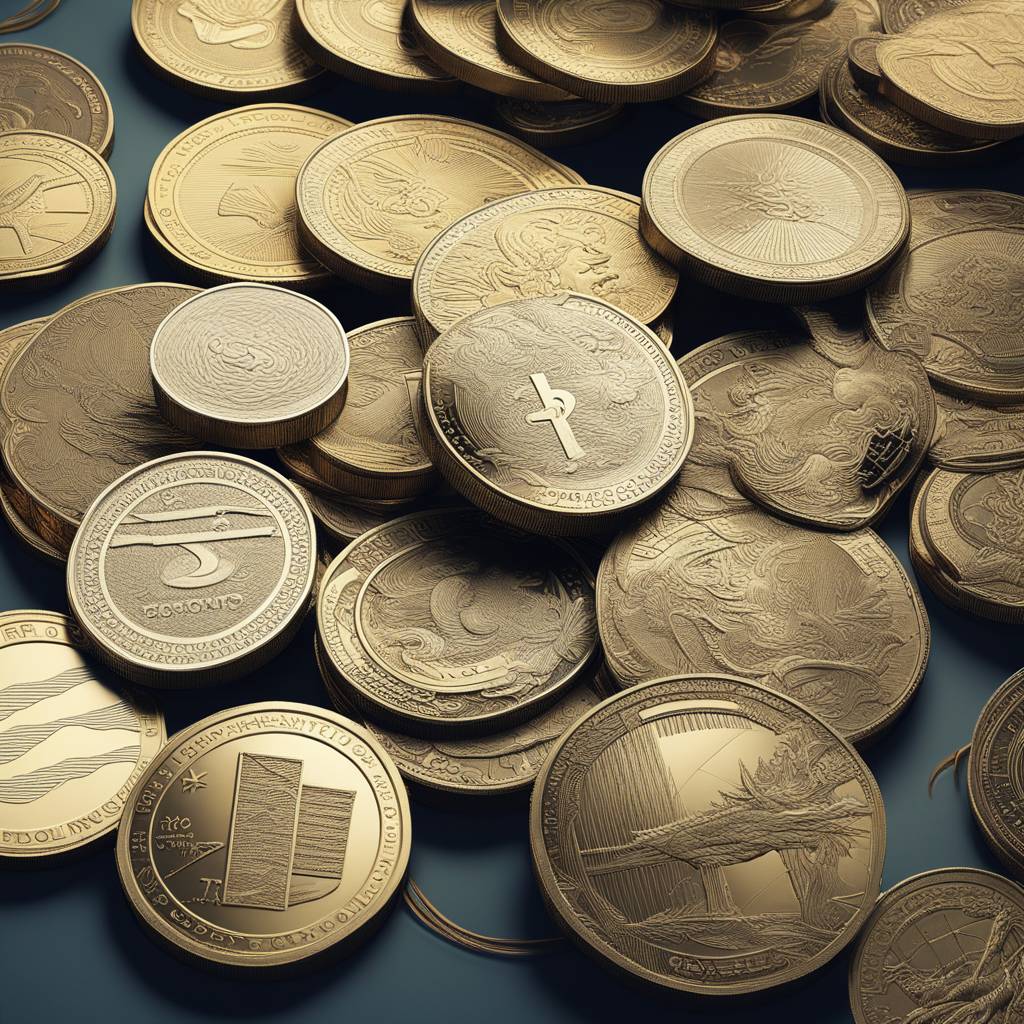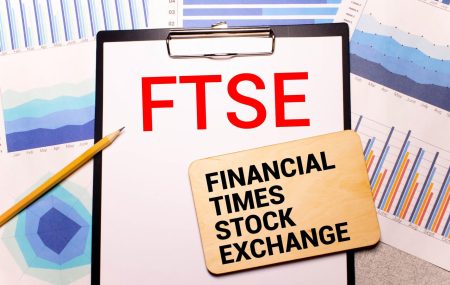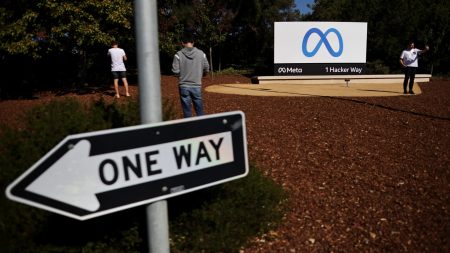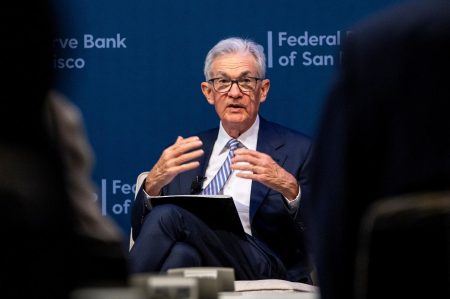Crypto startup Ripple has entered the stablecoin market, launching a digital currency pegged to the U.S. dollar. The stablecoin will always be backed 1-to-1 by assets such as U.S. dollar deposits, U.S. government bonds, and cash equivalents that the company holds in reserve. Ripple plans to provide monthly attestation reports on its reserves, but has not disclosed which firm will audit them. The company is starting with its stablecoin in the U.S., but may expand to other markets in the future. This move puts Ripple in competition with stablecoin giants like Tether and USDC issuer Circle, as well as PayPal’s own U.S. dollar stablecoin.
Ripple CEO Brad Garlinghouse explained that the decision to launch a stablecoin was made in response to market instability caused by the depegging of other stablecoins like Tether’s USDT and Circle’s USDC. Both Tether and USDC experienced temporary slips in value due to various issues. Garlinghouse cited uncertainty among U.S. regulators regarding Tether and emphasized Ripple’s regulatory compliance in multiple countries. Tether currently holds the largest market capitalization in the stablecoin market, but questions remain around the transparency of its reserves and sustainability in times of financial stress.
Ripple’s stablecoin will also play a role in the company’s On-Demand Liquidity product, which facilitates rapid transactions between banks and financial institutions. Despite facing challenges in getting banks and payment firms to adopt Ripple’s XRP token for cross-border payments, Garlinghouse maintained that Ripple has not given up on XRP. He sees stablecoins as a complementary product for the XRP ecosystem, providing liquidity and growth opportunities. Garlinghouse highlighted the community’s request for a USD-backed stablecoin on the XRP Ledger, suggesting strong interest in such a product.
The U.S. Securities and Exchange Commission (SEC) filed a lawsuit against Ripple in 2020, alleging illegal sales of XRP to investors. A recent court ruling clarified that XRP is not inherently a security, but sales to institutions should have been registered as securities transactions. The SEC is seeking $2 billion from Ripple in the lawsuit, relating to the $728.9 million worth of XRP sold to institutions. Garlinghouse believes the SEC’s demand is excessive and expects the final settlement amount to be in the “millions” rather than billions of dollars. Despite the ongoing legal battle, Garlinghouse remains optimistic about Ripple’s future and its ability to navigate regulatory challenges.
Overall, Ripple’s entry into the stablecoin market marks a significant development for the company and the broader cryptocurrency industry. With plans to offer a USD-backed stablecoin and leverage it within its existing products, Ripple aims to strengthen its position in the market and address regulatory concerns. While facing competition from established players like Tether and regulatory scrutiny from the SEC, Ripple remains focused on expanding its offerings and supporting the growth of the XRP ecosystem. The outcome of the SEC lawsuit and the reception of its stablecoin by the market will likely shape Ripple’s future trajectory in the evolving cryptocurrency landscape.













